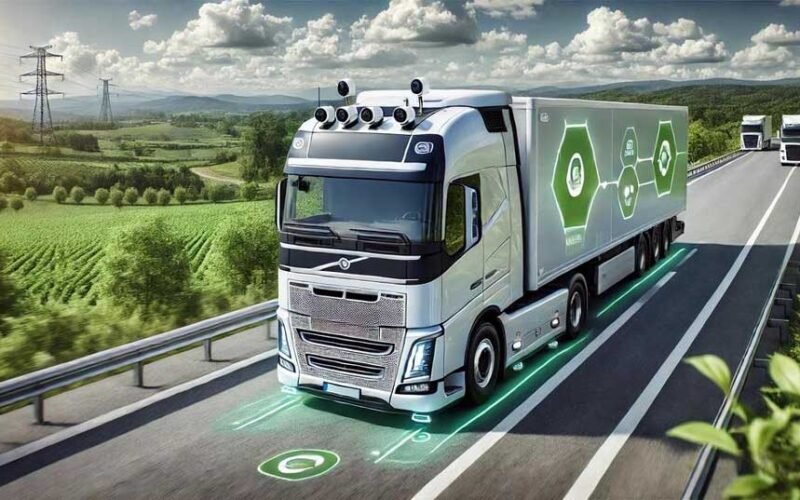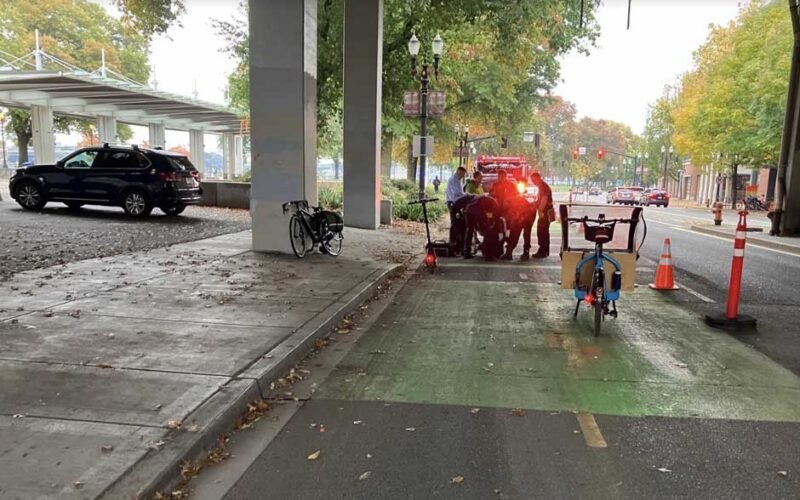In today’s world of logistics, where safety is paramount, you are witnessing a transformative era in trucking technology. As a professional in the transportation industry, you understand the critical importance of these developments in ensuring efficient and secure freight movement. When looking for a truck accident law firm, this article delves into the cutting-edge advancements that reshape highway safety, reduce collisions, and ultimately save lives.
The Role of Technology in Modern Trucking
Enhanced Safety Systems
Technology plays a pivotal role in bolstering safety measures. Advanced Driver Assistance Systems (ADAS), such as automatic braking and lane-keeping assistance, are crucial in mitigating collision risks. These systems use sensors and cameras to monitor the truck’s surroundings, providing real-time alerts to drivers about potential hazards. The integration of artificial intelligence further enhances these capabilities by allowing trucks to learn and adapt to various road conditions, thereby reducing human error.
Connectivity and Communication
Connectivity is another significant technological advancement revolutionizing the trucking industry. With the implementation of telematics, trucks can now communicate vital data to remote monitoring systems. This real-time data transmission helps in vehicle maintenance and plays a critical role in ensuring road safety by providing insights into driver behavior and vehicle status.
Predictive Maintenance
Predictive maintenance technologies use data analytics to anticipate potential mechanical failures before they occur. By analyzing patterns and anomalies in vehicle performance, fleet managers can schedule timely maintenance, thereby preventing breakdowns on highways. This proactive approach enhances vehicle reliability and reduces the likelihood of accidents caused by unexpected mechanical failures.
Collision Prevention Systems: A Game Changer on Highways
Real-World Impacts
The impact of these systems is significant. Studies indicate a marked reduction in rear-end collisions and a decrease in the severity of accidents. By enhancing situational awareness, these technologies safeguard truck drivers and protect other road users. As a result, highways are becoming safer, and the trucking industry is moving towards a future with fewer accidents.
Advanced Driver Assistance Systems: Enhancing Safety
Understanding Advanced Driver Assistance Systems
Advanced Driver Assistance Systems (ADAS) are revolutionizing highway safety. These systems utilize cutting-edge technology to help drivers reduce collisions and enhance road safety. Integrating sensors, cameras, and radar within ADAS provides real-time data and alerts, assisting drivers in making informed decisions.
Key Features and Benefits
- Collision Avoidance: By detecting potential obstacles or hazards, ADAS can autonomously apply brakes, reducing the likelihood of accidents.
- Lane Departure Warnings: This feature helps prevent unintended lane changes by issuing alerts, ensuring vehicles stay within their lanes.
- Adaptive Cruise Control: This system maintains a safe distance from the vehicle ahead and adjusts speed automatically, contributing to safer driving conditions.
The Impact of Telematics on Reducing Highway Collisions
Enhancing Driver Behavior
Telematics systems have revolutionized the trucking industry by providing real-time data on driver behavior. Companies can effectively identify risky driving habits by monitoring factors such as speed, braking patterns, and idle time. This data empowers fleet managers to implement targeted training programs, fostering safer driving practices. As a result, drivers become more aware of their actions, significantly reducing collisions.
Real-Time Alerts and Feedback
Another key advantage of telematics is the ability to deliver instant feedback to drivers. Systems with real-time alerts notify drivers of potential hazards, such as sharp turns or sudden stops, giving them ample time to react. This immediate feedback mechanism helps prevent accidents by encouraging drivers to make safer choices while on the road.
Predictive Maintenance
Telematics also plays a crucial role in vehicle maintenance, directly impacting safety. By continuously tracking vehicle performance metrics, telematics can predict mechanical failures before they occur. Preventive maintenance reduces the likelihood of highway breakdowns, ultimately decreasing collision risks and ensuring that trucks remain in optimal working condition.
Future Innovations in Trucking Technology
Automated Driving Systems
As technology advances, the trucking industry is poised for a revolution with automated driving systems. These systems promise to enhance safety by reducing human error, a significant factor in highway collisions. By utilizing sensors and artificial intelligence, trucks can navigate roads more efficiently and react to dynamic driving conditions with precision.
Enhanced Connectivity Solutions
Connectivity is another frontier where future innovations are poised to make an impact. Enhanced vehicle-to-vehicle (V2V) and vehicle-to-infrastructure (V2I) communication systems will enable trucks to share critical data with traffic management centers. This real-time information exchange can alert drivers about road hazards, traffic congestion, and weather conditions, improving both highway safety and efficiency.
Advanced Safety Features
Emerging advanced safety features like collision avoidance systems, lane-keeping assistance, and adaptive cruise control are set to become standard in the trucking industry. These technologies reduce the risk of accidents and alleviate driver fatigue by providing additional layers of support during operations.
Final Thoughts
As you navigate the evolving landscape of highway safety, embracing technological advancements in trucking is not merely an option but a necessity. When looking for a truck accident law firm, integrating cutting-edge tools such as collision avoidance systems, advanced telematics, and autonomous driving technologies promises to revolutionize the industry, significantly reducing the risk of accidents.










